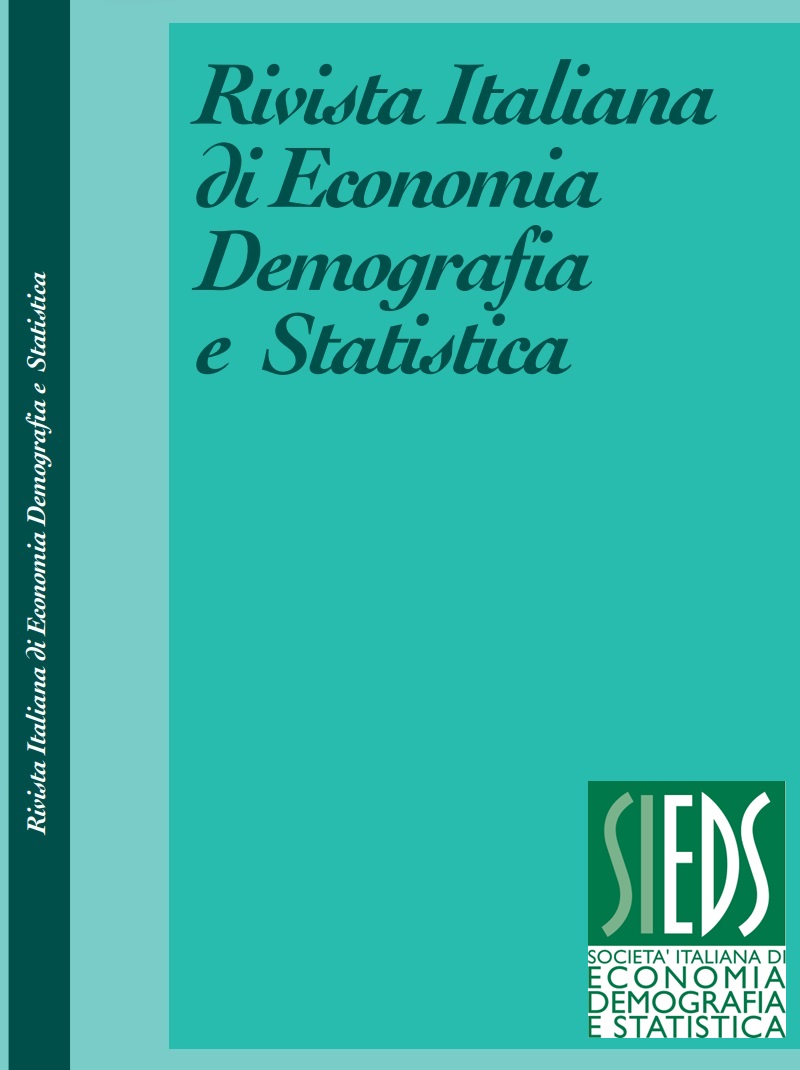Fragilities and advantages of coastal areas in the Mediterranean basin
Abstract
To pursue the goals of Blue Growth and meet the challenge of climate change, the multisource analysis related to the responses of systems for the sustainable protection of the seas and resources offers here a contribution to the reading of the objectives for sustainable development of the 2030 Agenda of the United Nations.
The article explores the issues of sustainability, including a set of indicators useful for assessing the human impact and land consumption of coastal and coastal regions in the Mediterranean basin and in the EU regions. A focus on the municipal scale deepens the same themes at the national level.
The conceptual picture of the anthropogenic impact on the environment of the coastal and non-coastal areas of the EU and Mediterranean countries may derive - as is well known - from demographic factors, tourist pressure, the presence of major commercial ports, the pressure of municipal waste per capita, sources of water supply and volumes of distribution networks in coastal areas as well as an increased risk of land cover transformation that inexorably impacts land consumption and the conservation of natural resources and landscape of the territories.
The development perspectives of this paper are oriented towards finding an appropriate synthesis method for assessing the impact of the anthropic action on coastal and coastal areas, with reference to the evaluation of the different demographic, environmental and natural dimensions that are offered by the territorial analysis.
Downloads
Published
Issue
Section
License
Copyright (c) 2023 Anna Pia M. Mirto, Daniela Vacca, Enrico Olla, Francesca Abate

This work is licensed under a Creative Commons Attribution 4.0 International License.



